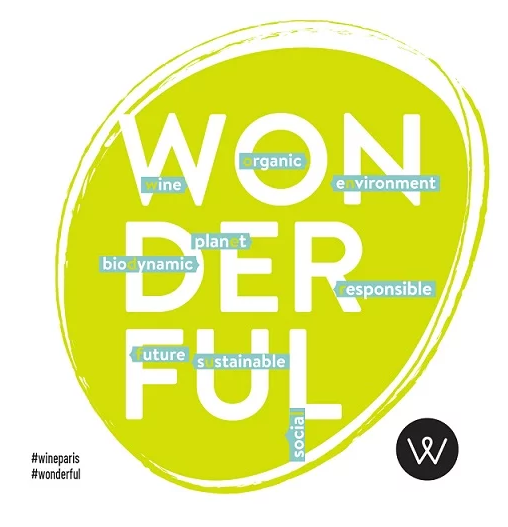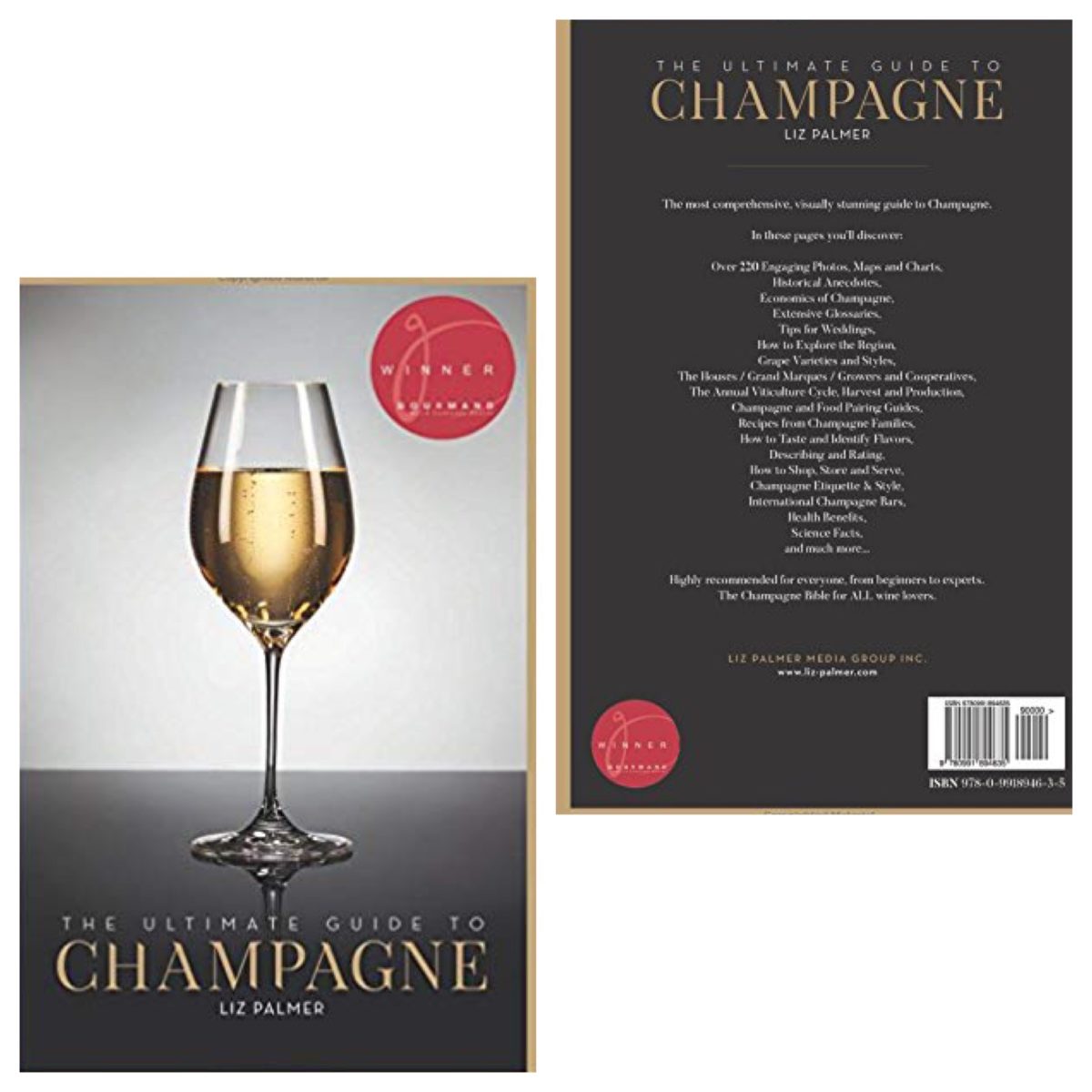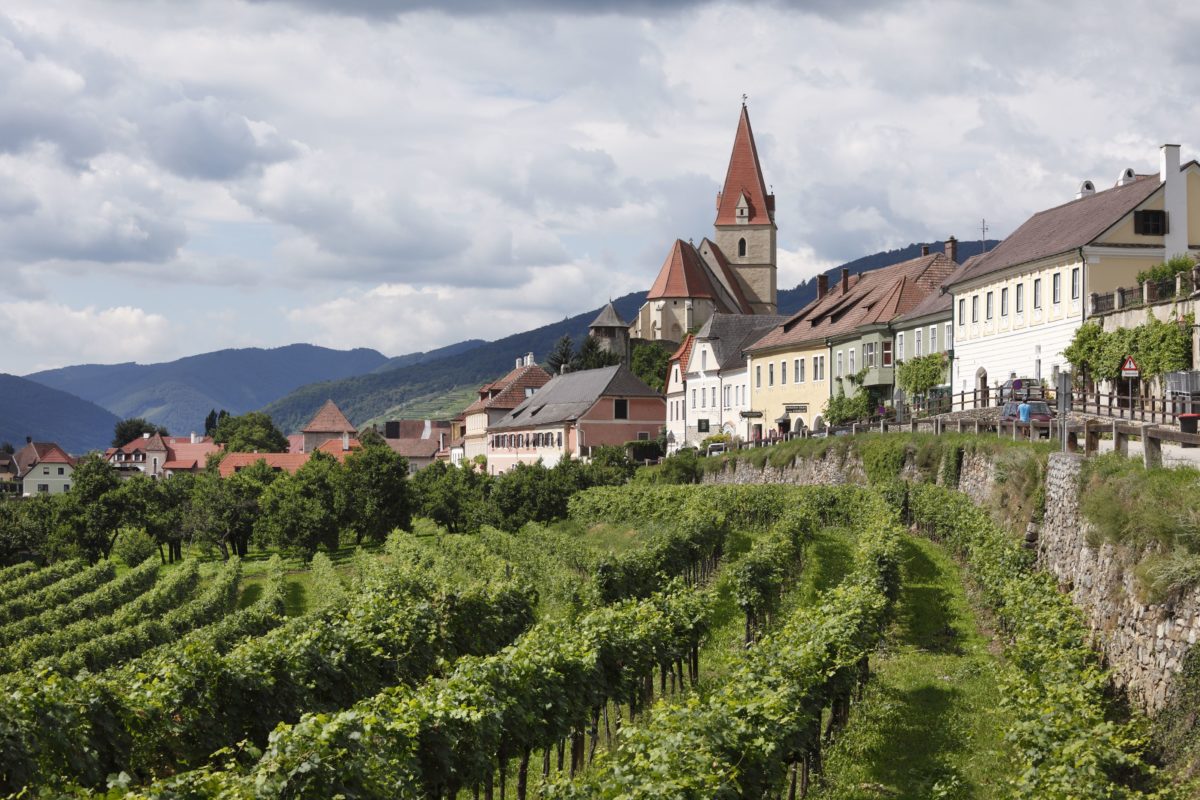Wine Paris is launching a new initiative “Wonderful” which will be aimed at helping global buyers identify and understand the eco-friendly certifications and endorsements developed by winegrowers, estates, co-operatives, and negociants.
The aim of “Wonderful” will be to “improve visibility for winegrowers, estates, co-operatives and negociants that have committed to at least one organic or eco-friendly scheme; clarify existing certifications and endorsements, top buyers, while also highlighting market and consumer developments; and signpost future trends and solutions”.
In order to achieve this, the dedicated “Wonderful” day February 11 2020 will comprise of presentations, round table debates and workshops in which trade and industry experts will share their experience of the market.
Topics selected for the day include: Family portrait: gaining a better understanding of the range of organic and eco-friendly certifications; How valuable are organic certifications in the global marketplace? Does biodynamic winegrowing change the flavor of wine? When vine growing goes green, what are the effects on supply, with more to be added.
Wine Paris, which is It is organized by Comexposium and overseen by 13 French wine marketing boards, is poised to welcome over 2,200 exhibitors at its second international trade show in 2020, with more than 30,000 visitors expected to attend the event.
In addition to “Wonderful”, other new features include ‘Wine Match’ – a 100% business and 100% online networking system designed for all exhibitors and visitors to help participants arrange pre-planned meetings with targeted and bespoke contacts.





